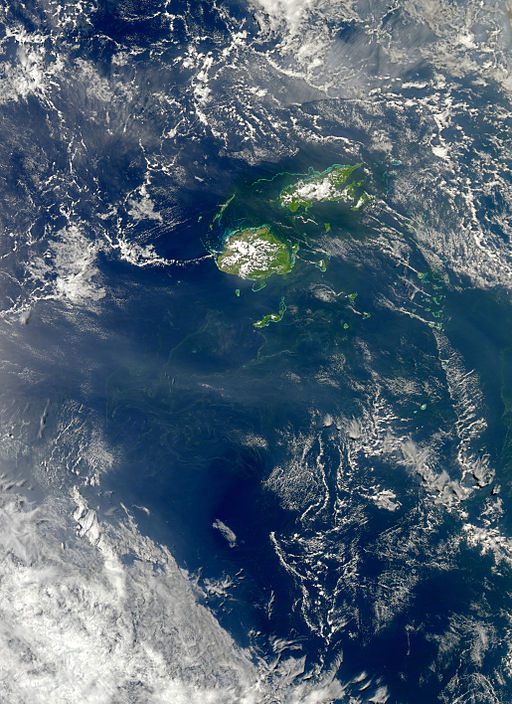- In the search for microbial life beyond Earth, it is important to understand some basics of early life on Earth, including its biological and biochemical characteristics, and the development thereof on a large time scale.
- It is believed that the earliest life on Earth appeared in the vastly distant past, between 3.5 and 4 billion years ago, in the oceans of Earth, in the form of prokaryotic cells, which are simple cells with no nuclei (perhaps having evolved from even simpler protocells). They are believed to have been chemoautotrophs, using chemosynthesis in deriving energy from chemicals (and not from sunlight) and using it to synthesize their own organic compounds from carbon dioxide (as opposed to consuming organic compounds and using that). They were also anaerobic (they did not use oxygen); at this ancient time, Earth’s atmosphere was essentially void of elemental oxygen (O2 ).
- Around 3 billion years ago, prokaryotic cells developed that used photosynthesis (as contrasted with chemosynthesis), deriving energy from sunlight, and producing elemental oxygen (O2 ) essentially as a waste product – these were cyanobacteria. This elemental oxygen initially combined with (oxidized, or “rusted”) iron in the oceans, but eventually built up in the atmosphere.
- Around 2 billion years ago, elemental oxygen built up in the atmosphere to the extent that it killed off many of the anaerobes to whom elemental oxygen is toxic. However, it also appears to have given rise to the development of the first eukaryotic cells (sophisticated cells with nuclei), and the first aerobic cells (which were eukaryotic). Aerobic organisms use elemental oxygen in metabolism, for growth.
- Importantly, aerobic metabolism is more efficient than anaerobic metabolism. The presence of elemental oxygen in the atmosphere allowed new forms of life to emerge, proliferate and further evolve, including eukaryotic cells, and, eventually, multicellular organisms, including plants and animals.

© 2015 Fosdick EDS ☾><(((°>
